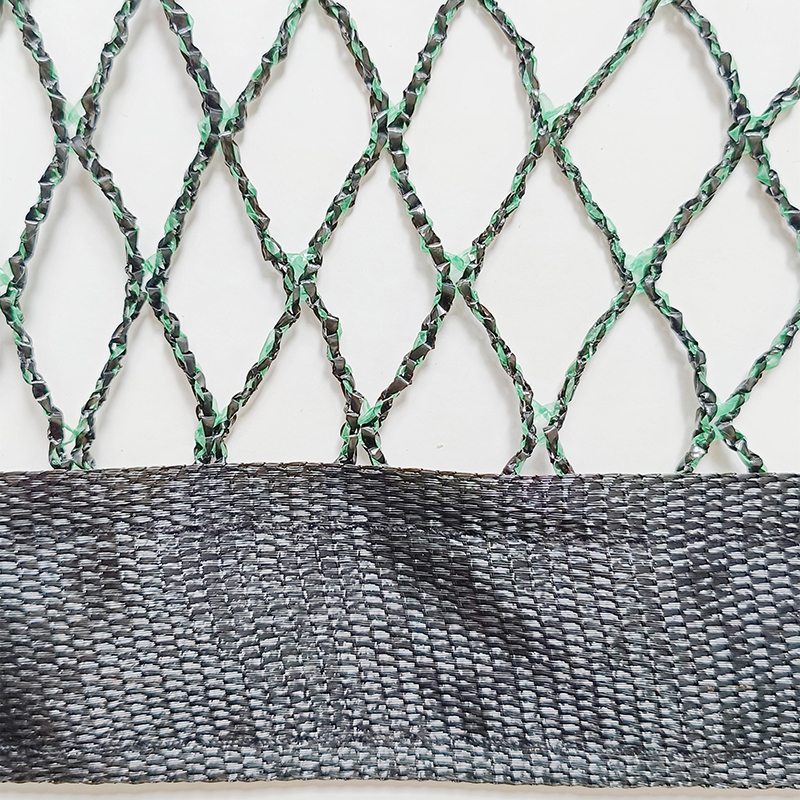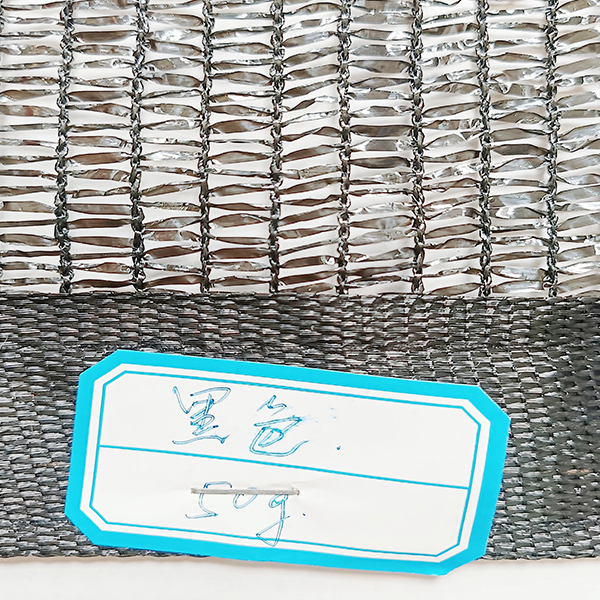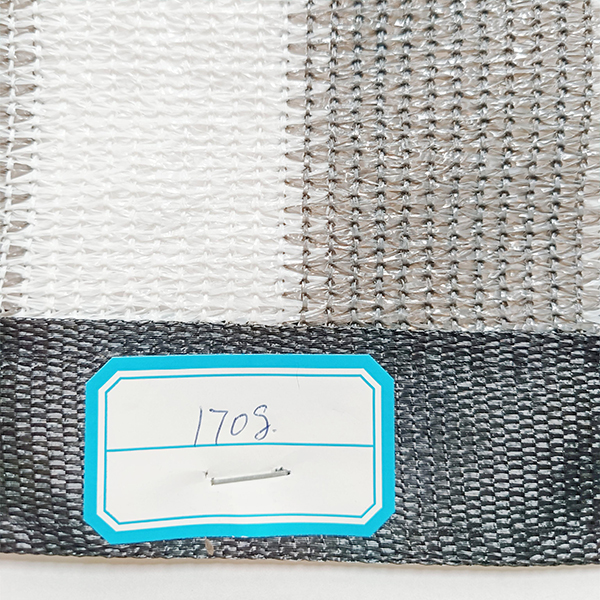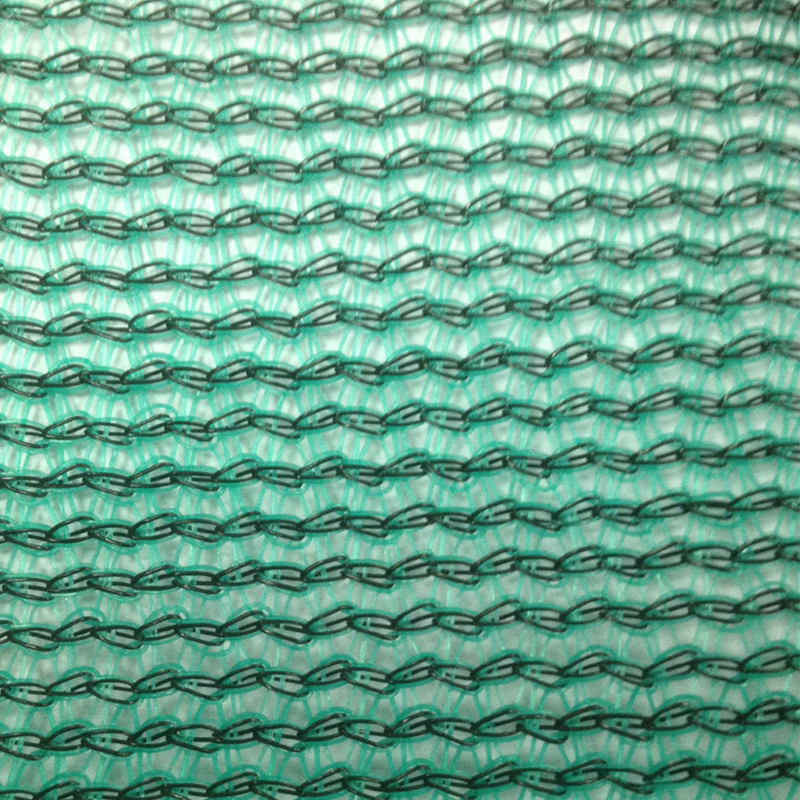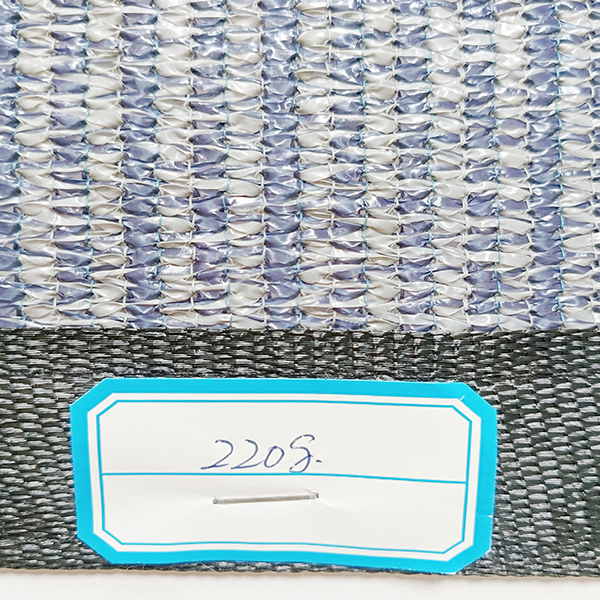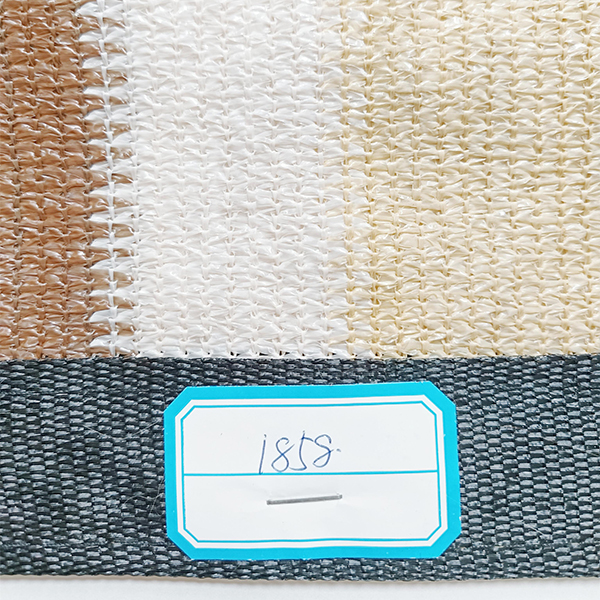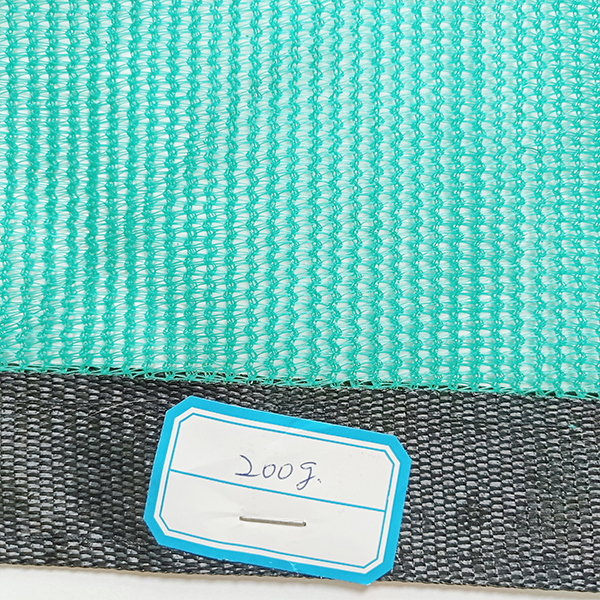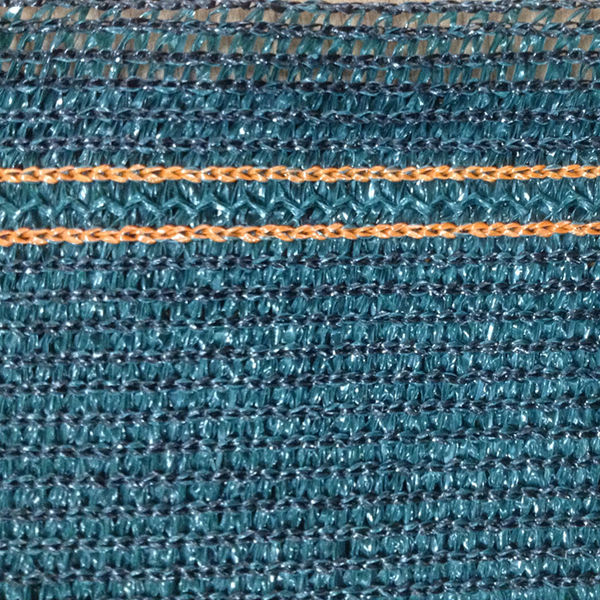Shade Netting: A Game-Changer for Agriculture Worldwide

From cultivating vegetables in India to producing cocoa in South America, shade netting is an essential tool for modern agriculture. Shade netting is a crucial tool in agriculture. It not only helps manage sunlight for crops but also protects them from harsh weather and pests. Plus, it helps regulate temperature and save energy.
Impact of Shade net on Agriculture
As climate change and natural disasters become more intense, it's important to shield crops from harsh conditions. Products like OMB's heavy-duty shade cloth sunscreen help protect crops from heavy rain, strong sunlight, and powerful winds.
Shade netting, such as that offered by OMB Textiles, boasts an efficacy that grants it a vital role in modern agriculture. By providing essential shade and ventilation to crop areas, it can significantly control the temperature, minimize the heat load, and shield crops from harmful sunburn.
Moreover, it's a powerful tool for pest control. Shade nets can deter the entry of pests and various insects that can harm the crops, leading to better yield and reduced use of harmful pesticides. It further minimizes the dependency on artificial heating an cooling systems, thereby reducing energy consumption and costs.
Wide Geographical Adoption
Shade net usage has become widespread across the globe and continues to be a notable instrument in vital agricultural markets:
India: Given the country's vibrant agricultural sector, shade nets are ubiquitously seen. They provide much-needed protection from the intense sunlight, gusty winds, and rampant pests found across the country's diverse climates.
Africa: In regions experiencing high temperatures with minimal rainfall, shade nets are a saving grace. They offer the necessary protection to crops from harsh weather conditions, especially when water resources are scarce.
Southeast Asia: Thailand, Indonesia, Philipines, among others, utilize shade netting extensively in rubber, tea, and coffee plantations. Through these nets, the crops get a controlled amount of sunlight and protection from extreme weather conditions.
In South America, countries like Brazil, Peru, and Mexico use sunshade nets for crops like bananas, coffee, and cocoa to protect them from harsh weather and pests.
Middle East: In the harsh desert climate, shade nets play an essential role, especially in date palm cultivation.
A Glance at OMB's Shade Net
OMB Textiles provides high-quality shade nets made of 100% virgin material (HDPE) with UV protection. The nets weigh between 40g/m2 and 350g/m2 and offer a shading rate from 40% to 90%. They come in a strong PP bag for safe transport.
A market favorite, OMB's shade nets are warp knitted, available in round wire or flat wire forms. The wide range of shading rates ensures that the unique requirements of different geographical areas and vegetation types are adequately met with precision.
With a lifespan of 2-5 years under regular weather conditions and use, buying a shade net is a long-term solution for farmers. It's a valuable investment to improve crop production.
Shade netting is a symbol of sustainability. It encourages managing pests without harmful pesticides and helps regulate temperatures. This is especially important in a time when we're all concerned about global warming.
The nets are affordable and long-lasting, making them a great asset for any agriculture business worldwide. They are an excellent solution for many of our current sustainability needs.
OMB's shade nets serve as an example of innovative agricultural products that can lead us towards a more sustainable future.


 英语
英语 西班牙语
西班牙语